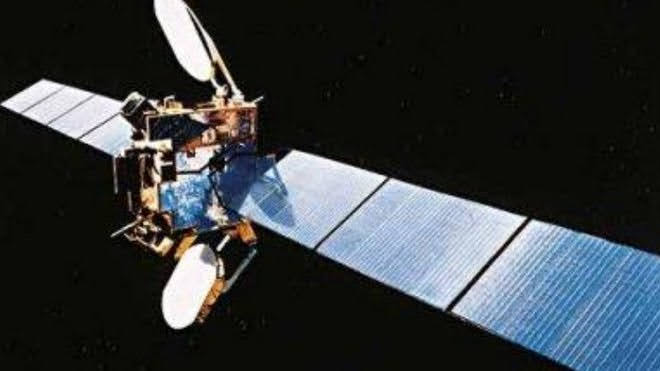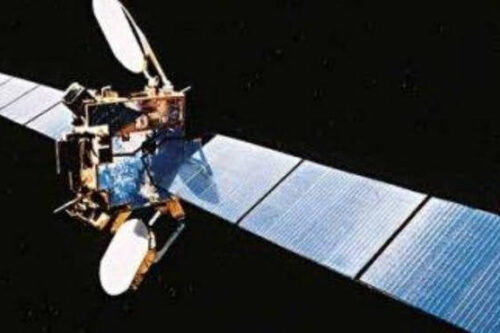
Back to selection
GEO Satellite
Nahuel-1A GEO
succesfull
Launch date
30 June 1997
Country

Purpose
Communication
Position
71.8° West
Operator
Launch operator
Launch vehicle
Ariane 44LP
Expected lifetime
15+ Years

Nahuel 1A: Argentina’s First National Communications Satellite
Nahuel-1A was Argentina’s first geostationary communications satellite, marking a significant milestone in the nation’s space and telecommunications capabilities. It was built on the Spacebus 2000NG platform by Dornier Satellitensysteme (now part of Airbus Defence and Space), with the satellite bus supplied by Aérospatiale of Cannes-Mandelieu, France.
The satellite was launched on January 30, 1997 aboard an Ariane 44L rocket from the Guiana Space Centre, in a dual-launch configuration with the GE-2 satellite. Nahuel-1A was positioned at 71.8° West longitude in geostationary orbit, where it served as a vital telecommunications relay for Argentina and surrounding regions.
Technical Specifications
-
Launch Mass: 1,790 kg (3,950 lbs)
-
Dry Mass: 828 kg (1,825 lbs)
-
Operational Lifespan: Nominally 12.33 years
-
Payload: 18 active 54 MHz Ku-band transponders powered by 55-watt TWTAs
-
Total Bandwidth: Equivalent to 27 transponders or 972 MHz
-
Coverage: Standard and extended Ku-band beams designed for South America
Operator: Nahuelsat S.A. – Argentina’s First Satellite Operator
Nahuelsat S.A. was established in the 1990s as Argentina’s first satellite communications operator, headquartered at its Benavídez ground station in the province of Buenos Aires. The company was created to manage the operation of Nahuel 1A and to provide regional broadcasting, internet, and voice services via satellite.
Despite early success, Nahuelsat encountered financial challenges in the 2000s. In 2006, all of its assets, including operational control of Nahuel 1A, were transferred to ARSAT S.A., a newly created state-owned Argentine telecommunications company.
End of Mission and Decommissioning
By June 2010, with most of its onboard propellant depleted, Nahuel-1A was successfully maneuvered into a graveyard orbit using the remaining propellant and stored helium in a controlled deorbiting process. This marked the official end of the satellite’s service after over 13 years in orbit, exceeding its planned lifespan.
Legacy
Nahuel-1A paved the way for Argentina’s entry into space-based communications and helped build the foundation for future satellites like ARSAT-1 and ARSAT-2. Its legacy remains a cornerstone of Argentina’s national space development and regional telecom autonomy.
GEO Satellite
Nahuel-1A
succesfull
GEO Satellite
Nahuel-1A
succesfull
